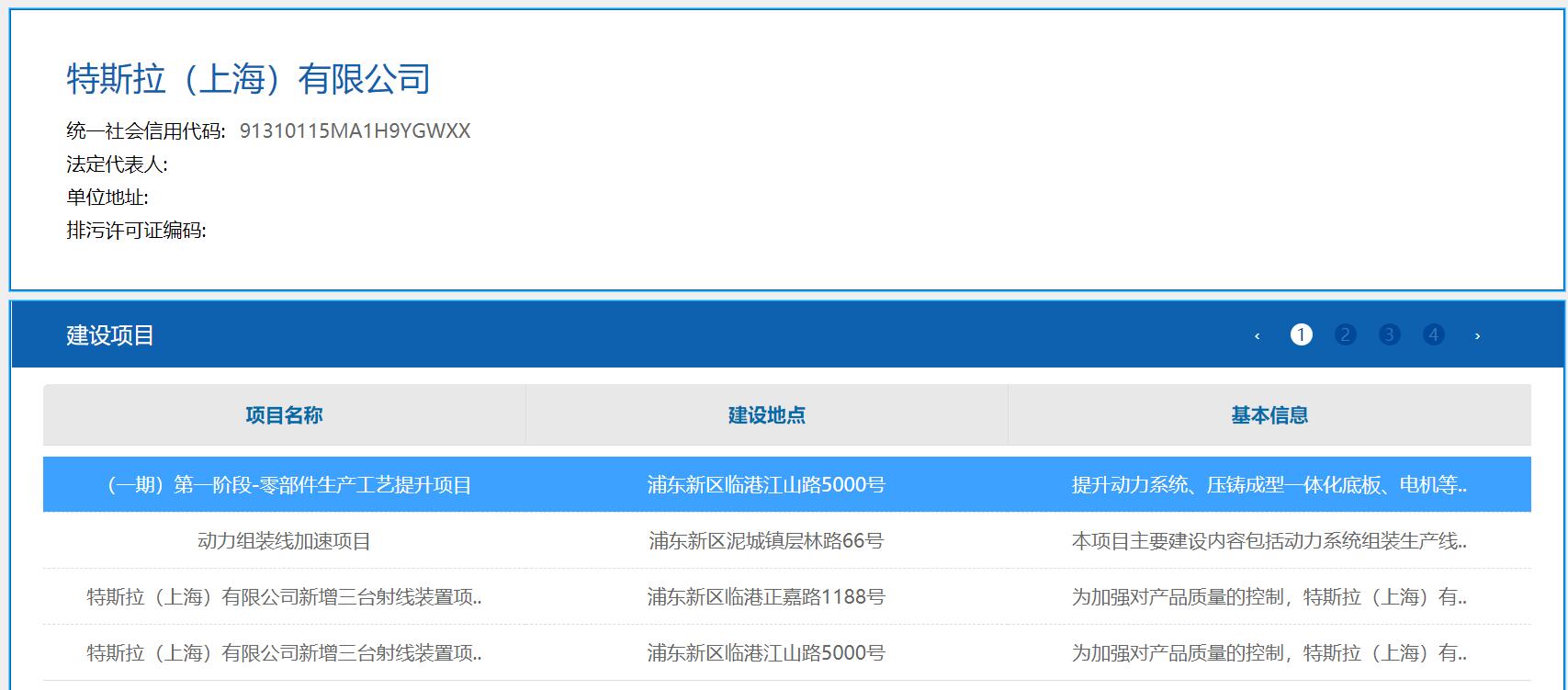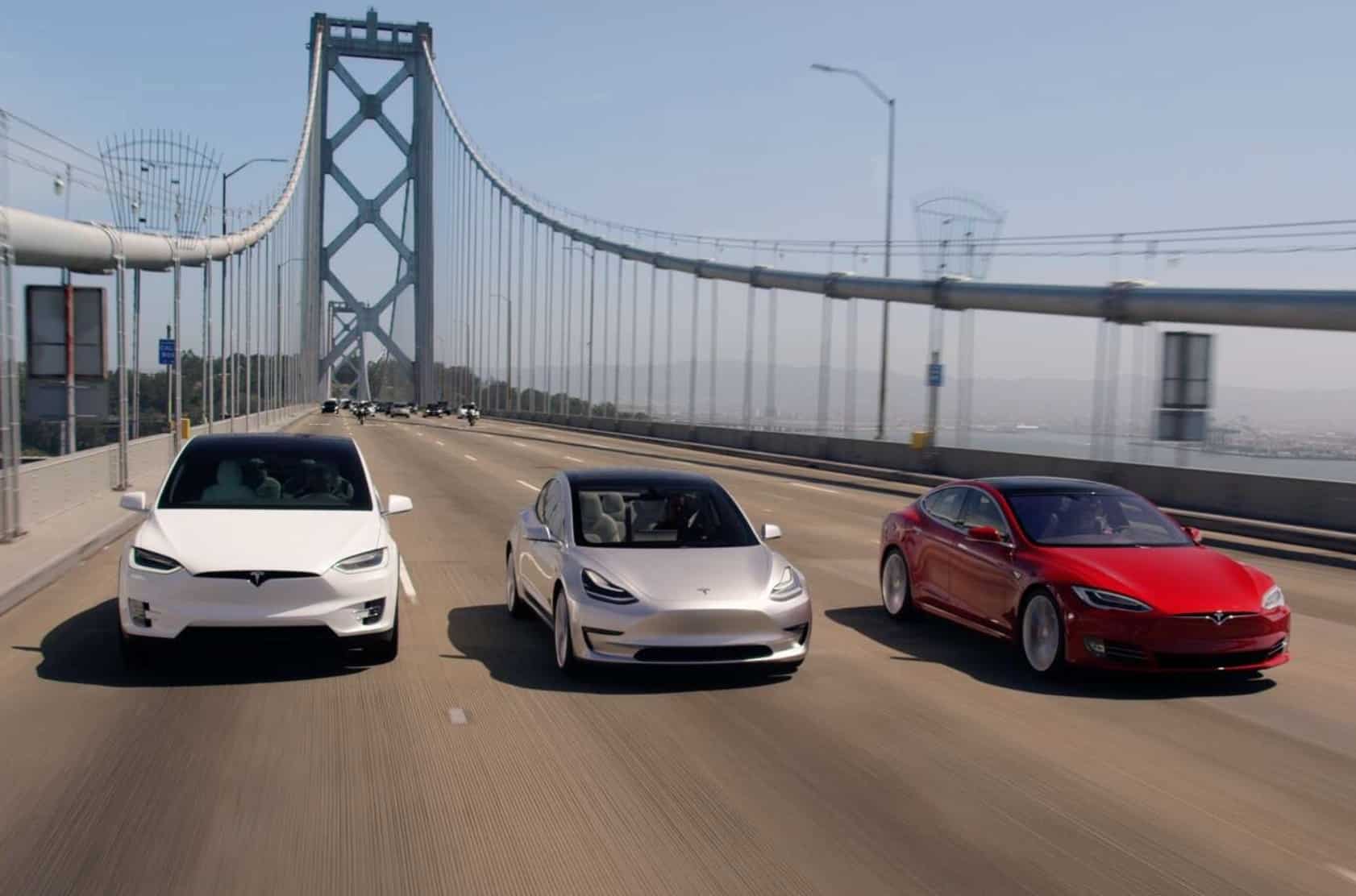Tesla's Shanghai Gigafactory has made content changes to a project that plans to boost production capacity for components including powertrain, die-cast integrated base plates, and motors, according to an environmental assessment report.
The project is a component production process upgrade for Tesla's Shanghai Gigafactory, which began in January 2020. At the time, Tesla said it was to fulfill its localization commitment to the Chinese government and to shorten the problem of long lead times for parts imported from the United States.
In terms of global resource allocation considerations, Tesla will switch its supply chain from being supplied by US factories to being manufactured in China, the company said at the time.
In its latest environmental assessment report, Tesla said it plans to make overall adjustments within the parts production area and research and development area of the Phase I site to meet the increase in vehicle production capacity and subsequent demand for parts production.
Tesla said that this adjustment will increase the annual production capacity of pure electric vehicle power battery pack (battery management system integration), electric vehicle drive motor system, motor controller, etc., add a new electric drive assembly production process in the existing plant, and carry out the manufacturing, rework and remanufacturing of key components of new energy vehicles.
Therefore, the Tesla Shanghai plant plans to add a new motor vehicle and supporting gearbox lubricant storage tank area, lower body unibody molding workshop, and maintenance workshop in the first phase of the site.
The environmental assessment report said that the parts production process upgrading project will be divided into two phases of construction A and B, but did not disclose the project's investment amount and construction time.
According to Tesla's original plan, the parts production process upgrading project will have an annual production capacity of 260,000 sets of pure electric vehicle power battery packs (battery management system integration), electric vehicle drive motor systems, motor controllers, etc., with a construction period of 14 months.
Tesla said that the project changes adjusted to cover the previous parts production process upgrade project, and overall acceptance.
A separate report released Thursday showed that construction of a new project at Tesla's Shanghai Gigafactory was completed on March 9 and is expected to give Model 3 production capacity a significant boost.
According to previous plans, Tesla's Shanghai Gigafactory project (Phase I) was completed in two phases, with the first phase of construction completed in September 2019 with a planned annual capacity of 150,000 Model 3s.
The second phase was divided into two phases, A and B. Phase A started on Feb. 1 and was completed on March 9, taking only 37 days. This phase was commissioned from March 10 to March 30, with an expected project acceptance period of March 10 to March 30.
Phase A boosted Model 3 production capacity from 150,000 units by increasing the number of workers, lengthening production hours, and increasing equipment start-up rates. However, Tesla did not disclose the boosted number.
The completion and start of commissioning of the Phase A project means that Tesla's Model 3 production capacity at the Shanghai Gigafactory will begin to ramp up.
Phase B is an expansion of the completed pilot facility to create two complete production lines.
According to Tesla's fourth-quarter earnings report, the company plans to ramp up capacity at the Shanghai Gigafactory to 450,000 units this year from the current 250,000 units.
(Source: Tesla)


